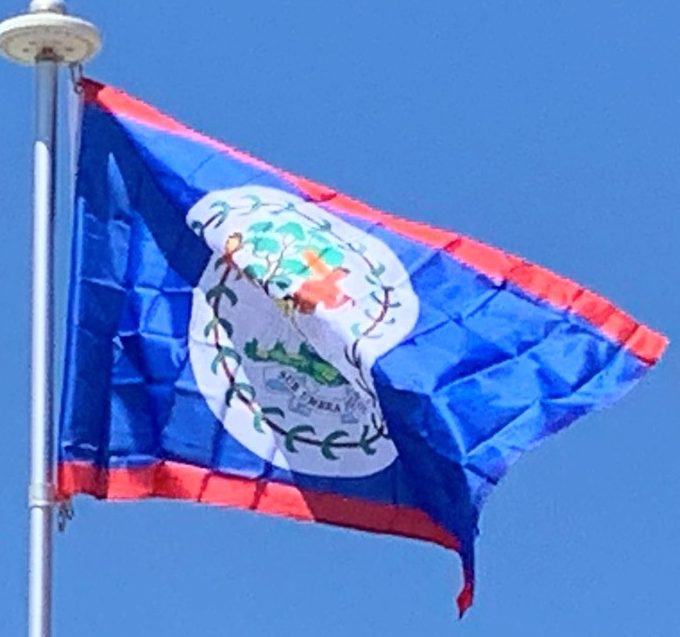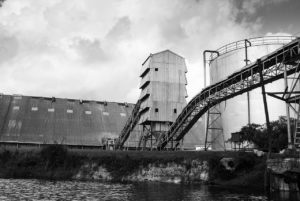
Development costs are high, but the government of Belize has made tourism its second development priority after agriculture. In 2012, tourist arrivals totalled 917,869 (with about 584,683 from the United States) and tourist receipts amounted to over $1.3 billion.
Transportation:
Public Transport:
Most Belizeans travel the country using public buses as their primary form of transportation. In the larger towns and cities, such as Belize City or Belmopan, there are bus terminals. In smaller places, there are bus stops. On the Northern and George Price Highways, bus service is more frequent than on smaller highways and other roads. In some locations, like small towns, buses may run only once a day.
Roads:
Belize has a total of 1,868 miles of roadway, however only 357 miles of that is paved.
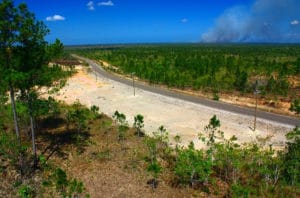
Belize has four major asphalt-paved two-lane roads: the Hummingbird Highway, Southern Highway, George Price Highway, and Philip Goldson Highway. Most other roads are unpaved, rough and in poor condition. A 9-mile stretch of the Southern Highway near Big Falls is unpaved as well. Traffic changed to driving on the right-hand side of the road on 1 October 1961.
Ports:
Belize has two ports located in Belize City and Big Creek.
Airports:
Belize has 44 airports of which 4 have paved runways. The largest airport is Philip S. W. Goldson International Airport, located in Belize city, which serves as the international gateway to Belize.
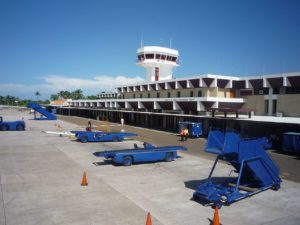
Two airlines, Tropic Air and Maya Island Air, provide service within the country. Both airlines have service originating both the main airport (Philip S. W. Goldson), and Belize City Municipal Airport in the city. From here they serve San Pedro, Caye Caulker, Dangriga, Placencia, Punta Gorda, and to Flores in Guatemala, and one airline serves Savannah at Big Creek. There is also service from San Pedro to Sarteneja and to Corozal Town. The local airlines generally fly small single-engine equipment, such as the Cessna Caravan.
The Flag of Belize:
The flag of Belize was adopted on 21 September 1981, the day Belize became independent. It consists of the Coat of Arms on a blue field with red stripes at the top and bottom.
British Honduras obtained a coat of arms on 28 January 1907, which formed the basis of the badge used on British ensigns. The coat of arms recalls the logging industry that first led to British settlement there. The figures, tools, and mahogany tree represent this industry. The national motto, Sub Umbra Floreo, meaning “Under the Shade I Flourish”, is written in the lower part of the coat of arms.
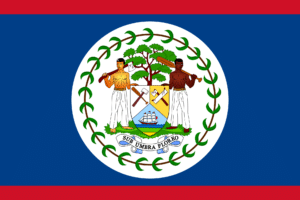
The flag is royal blue, with a white disc at the centre containing the national coat of arms held by a mestizo and a man of African descent. The flag of Belize is the only country to have humans depicted as a major design element on its national flag. The flag is bordered at top and bottom by two red stripes.
